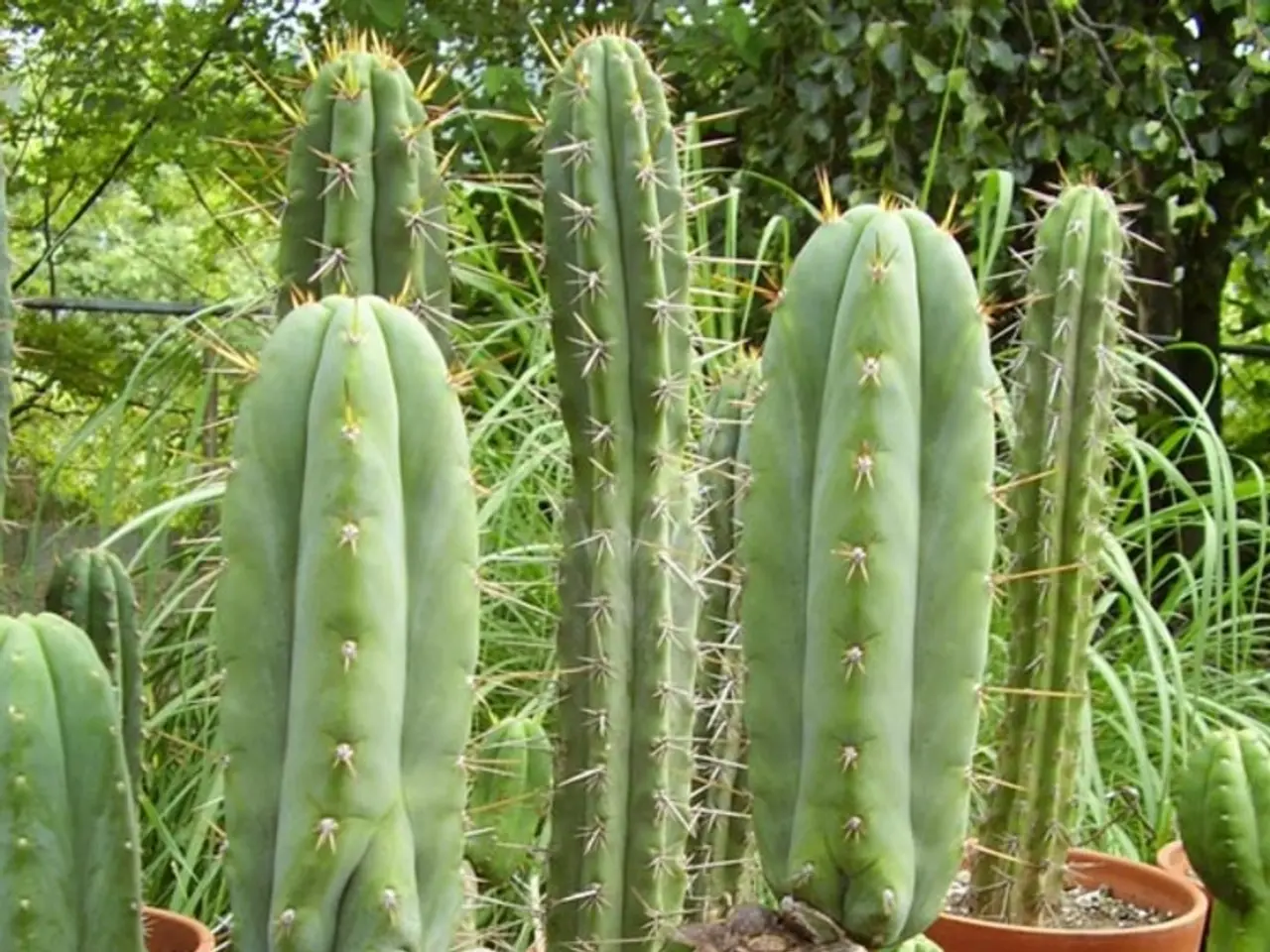Hanging Spider Plants: The Cool Cascades for Your Home
Guidelines for Nurturing a Suspended Spider Plant – Aesthetic Option for Inside or Outside Decoration
Let's talk spider plants. These delightful, easy-to-care-for little charmers are perfect for adding a touch of lush greenery to your living space. And when you hang them, they can transform an ordinary room into a cool, casually elegant haven. Here's everything you need to know about hanging spider plants and keeping them happy and healthy.
The Charm of a Hanging Spider Plant
Spider plants, also known as Chlorophytum comosum, are incredibly versatile and adaptable. With their grass-like leaves and a low maintenance nature, they make incredible hanging plants. In a hanging basket, a spider plant can transform a regular living room into a stylish oasis.
One of the standout features of the spider plant is its ability to propagate via miniature spider plants, called 'babies'. These tiny plants grow on long, flexible stalks from all sides of the plant. When these babies mature and their roots grow long enough, you can snip them off and create new houseplants from them. It's a unique and fun feature that adds an extra level of appeal to these already charming houseplants.
The Ideal Environment for Hanging Spider Plants
To ensure your hanging spider plant thrives, it's essential to provide the right environment. These plants prefer places with bright, indirect light, just like their natural environment. Ideal spots include near east-, west-, or south-facing windows, perhaps with a sheer curtain to diffuse any direct sunlight and prevent leaf scorch.
Spider plants also do well in other well-lit areas such as kitchens, bathrooms, or hallways, especially when using wall-mounted containers. These locations provide adequate light, space efficiency, and aesthetic appeal while keeping the plants at a safe distance from pets and toddlers. Plus, they free up counter or shelf space, perfect for smaller living areas.
Caring for Your Hanging Spider Plant
To take care of your hanging spider plant, simply plant it in average potting soil and ensure the hanging basket has drain holes. Spider plants are known for their tolerance, but they do not thrive in wet soil.
These plants can tolerate drought but it's essential to water them when the top inch of soil feels dry. Remember, spider plants dislike fluoridated water, so rainwater or distilled water is best. To avoid water dripping on floors or walls, water the plants cautiously.
Fertilizing should be done sparingly, if at all. Too much fertilizer can lead to root burn and limit the number of babies your spider plant produces. A happy, well-cared-for spider plant will remain tightly rooted in its container and can even be divided into two plants when the roots outgrow it.
Embrace the Casual Elegance of a Hanging Spider Plant
With their easy-going nature, eye-catching looks, and ability to propagate, spider plants make fantastic hanging houseplants. By providing them with the right environment, care, and a little attention, these charming plants will reward you with casually elegant green cascades that can elevate your living spaces while adding a touch of whimsy and joy. Happy planting!
[1] https://gardenmyths.com/do-spider-plants-prefer-bright-indirect-light[2] https://modernfarmgirl.com/hanging-plants-above-kitchen-sink/[4] https://www.almanac.com/plant/spider-plant-chlorophytum-comosum
Consider incorporating a spider plant into your home-and-garden lifestyle, as it can effortlessly enhance your gardening escapades indoors. In a home-and-garden setting, a hanging spider plant can turn a simple living room into a home oasis with its chic, casually elegant vibe.




